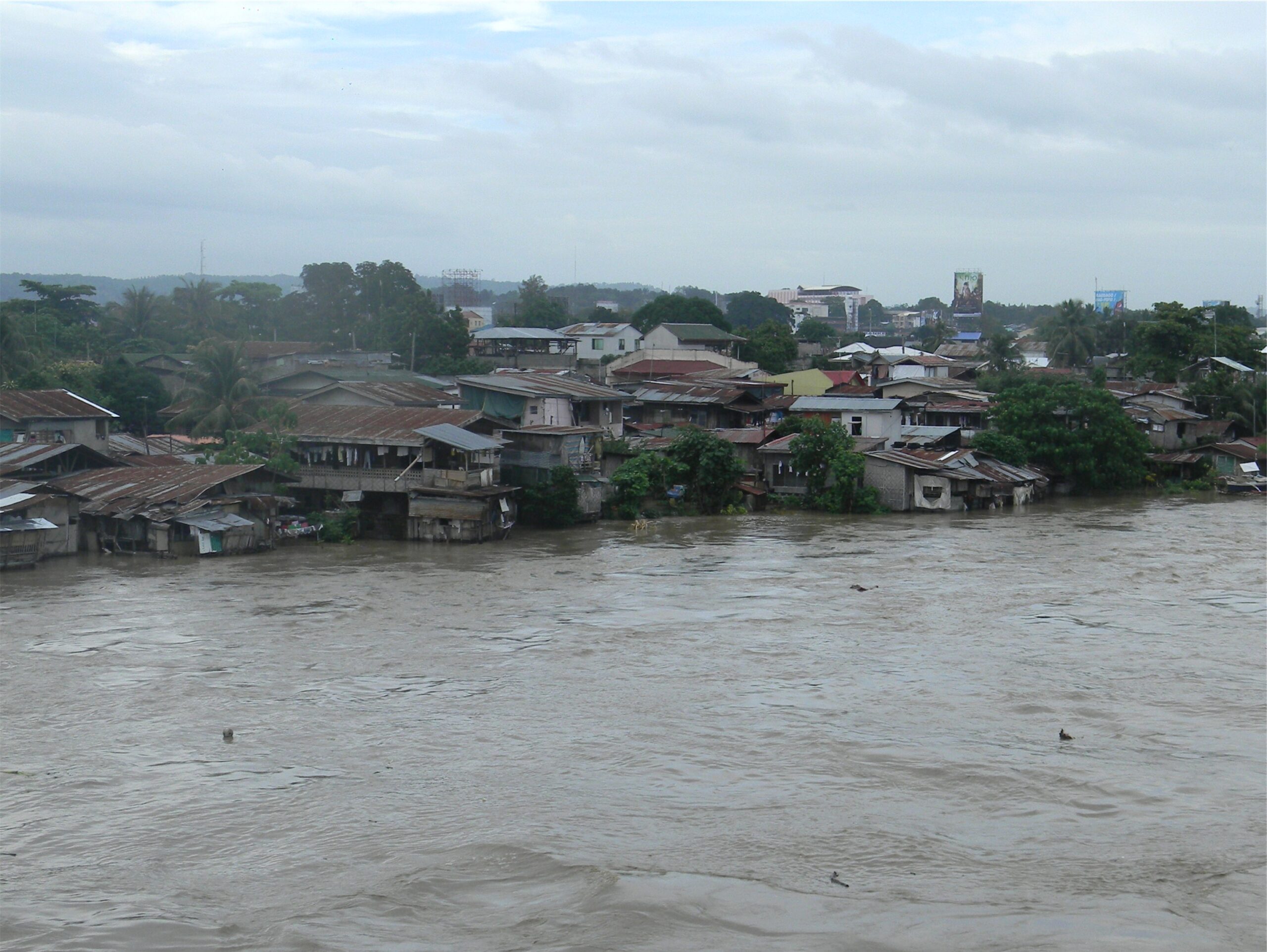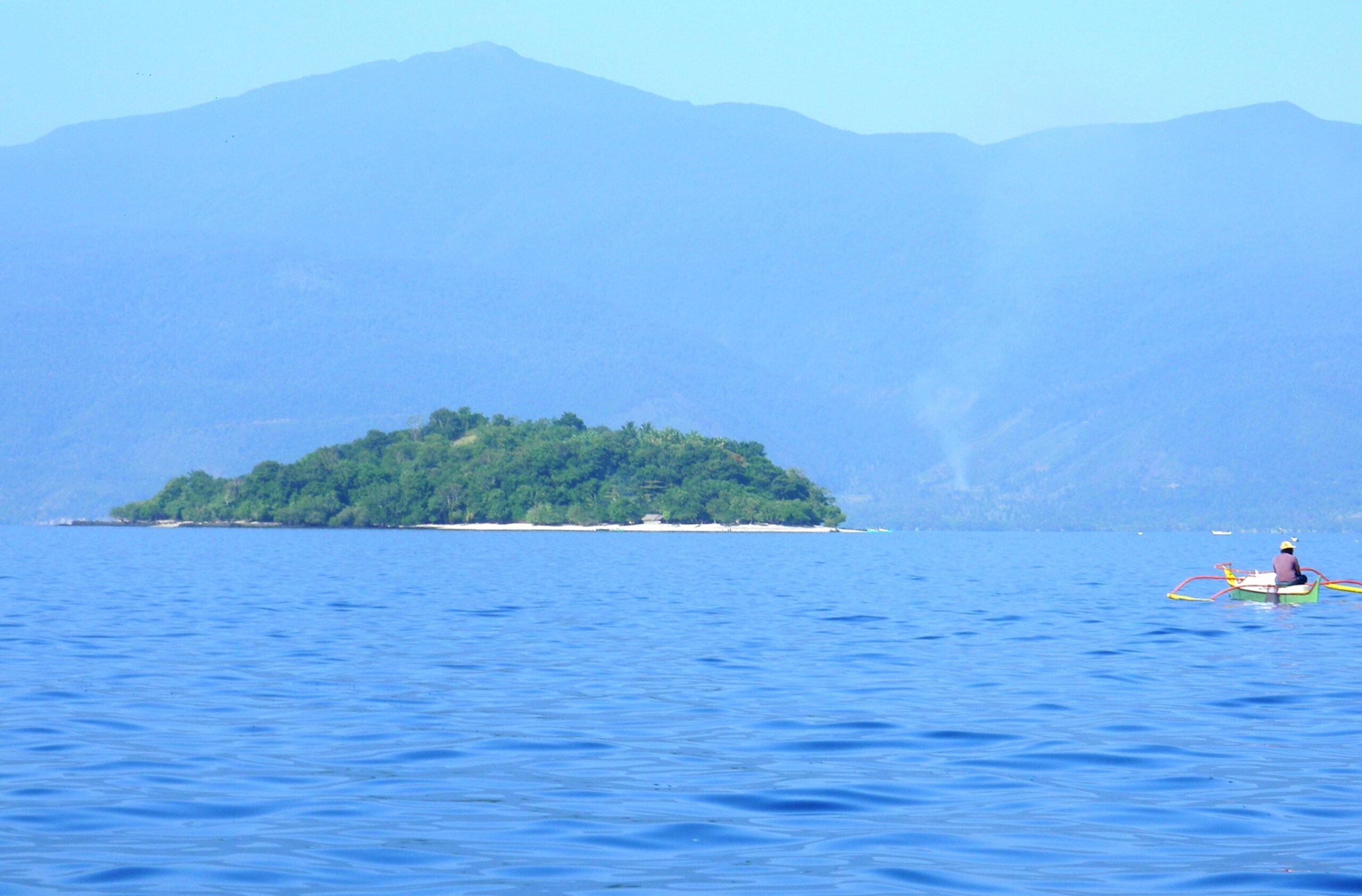Text and Photos by Henrylito D. Tacio
I am sure you have watched those post-apocalyptic movies from Hollywood, where human beings can only survive in underground bunkers (do we have such kind of structures in the country?) or having to leave earth in space shuttles as our planet becomes uninhabitable. Those may happen in the near future if we continue to ignore the effects of climate change.
It’s June now, and from this month up to September, respected scientists claim those are the most active months for typhoons in the Philippines. August is the most active individual month, and May is the least active.
Normally, the Philippines experiences typhoons of up to 20 a year, according to the Philippine Atmospheric, Geophysical and Astronomical Services Administration (PAGASA), the country’s weather bureau.
In recent years, these typhoons have become stronger and more frequent.
“The Philippines has long been particularly vulnerable to extreme weather,” reports the Climate Reality Project. “But in recent years, the nation has suffered from even more violent storms… And over the past decade, these tropical storms have struck the nation more often and more severely, scientists believe, because of climate change.”
Government officials contend that a destructive typhoon season costs the country two percent of its gross domestic product (GDP). In addition, another two percent is needed to rebuild the infrastructure lost.
That’s not all, especially if agriculture is included. As an archipelagic country, agriculture plays a vital role in providing around 30% of employment. In 2013 alone, agriculture contributed 10% of the country’s total GDP, the National Economic and Development Authority (NEDA) reported.
“Recent natural disasters significantly affected crops and livestock resulting in severe loss in agricultural production including human lives,” NEDA said on its website. “Climate change worsens the economic situation and food security among the Filipinos.”
These days, climate change is already a daily problem most Filipinos have to contend with. “Climate change is not a typhoon that visits your country once or twice a year,” President Rodrigo R. Duterte said in his speech during the Asia-Pacific Healthy Islands Conference held in Davao City. “Climate change is a day-to-day problem.”
During the virtual leaders’ summit at the Climate Vulnerable Forum, Duterte urged industrialized nations to help developing countries to fight climate change. “Climate action and ambition must be shared and demonstrated by all nations,” he said in a statement released to the media.


“I call on industrialized nations to significantly reduce their carbon emissions and provide assistance to developing nations in terms of finance, capacity building and technology transfers, as urged by the Paris Agreement,” he said.
The Paris Agreement, often referred to as the Paris Accords or the Paris Climate Accords, is an international treaty on climate change adopted in 2015. It covers climate change mitigation, adaptation, and finance.
Climate change is for real. It is not in the distant future, but it’s already happening. Bill Becker, an American veteran journalist who’s a senior official at the US Department of Energy, wrote: “Scientists and ‘alarmists’ have warned us about this for decades, but most of us were deniers to some degree, dismissing climate change as something far away, like dark clouds on the horizon.
“Now people are calling this the ‘new normal,’ which proves they still don’t get it. There is no more “normal.” The climate will continue to change, often in unexpected ways, because of carbon pollution from decades ago. It will continue getting more violent because we are still putting that pollution in the atmosphere. We don’t know exactly how bad it will be. We are not experiencing a new normal; we are experiencing the end of normalcy.”
The Philippines, with more than 7,000 islands, is one of the most vulnerable countries in the world when it comes to the sudden shifting of weather.
“Climate change is one of the most fundamental challenges ever to confront humanity,” reminds the weather bureau. “Its adverse impacts are already being seen and may intensify exponentially over time if nothing is done to reduce further emissions of greenhouse gases.
“Decisively dealing now with climate change is key to ensuring sustainable development, poverty eradication and safeguarding economic growth,” said PAGASA, a line agency of the Department of Science and Technology. “Scientific assessments indicate that the cost of inaction now will be more costly in the future.”
According to the fact sheet published by the Climate Change Commission (which was created under Republic Act 9729), there are two main approaches to address climate change: adaptation and mitigation.
On adaptation, the fact sheet explains: “In human systems, the process of adjustment to actual or expected climate and its effects, in order to moderate harm or exploit beneficial opportunities. In natural systems, the process of adjustment to actual climate and its effects; human intervention may facilitate adjustment to expected climate.”
On mitigation, the fact sheet gives this explanation: “Technological change and change in activities that reduce resource inputs and emissions per unit of output and implementing policies to reduce greenhouse gas emissions and enhance sinks.”
Something must be done now before it is too late. As Katherine Richardson, a climate scientist at the University of Copenhagen puts it: “We have to act and we have to act now. We need to realize what a risk it is they are taking on behalf of their own constituents, the world’s societies and, even more importantly, future generations.”
“Without effective action, climate change is going to be larger and more difficult to deal with than we thought,” warned Chris Field, coordinating lead author of the IPCC report.

